Hands-On Area of a Circle Activity {FREE}
Welcome to the last day of my Math+Technology Series! I’ve shared a variety of free math lessons for middle and high school which incorporate graphing calculators in a meaningful way. Today I’m going to share a fun Geometry investigation, which is a combination of hands-on exploring and technology. This area of a circle activity is a great way for kids to better understand the formula. Plus, it’s hands-on and can be used as a springboard for other concepts related to circles.
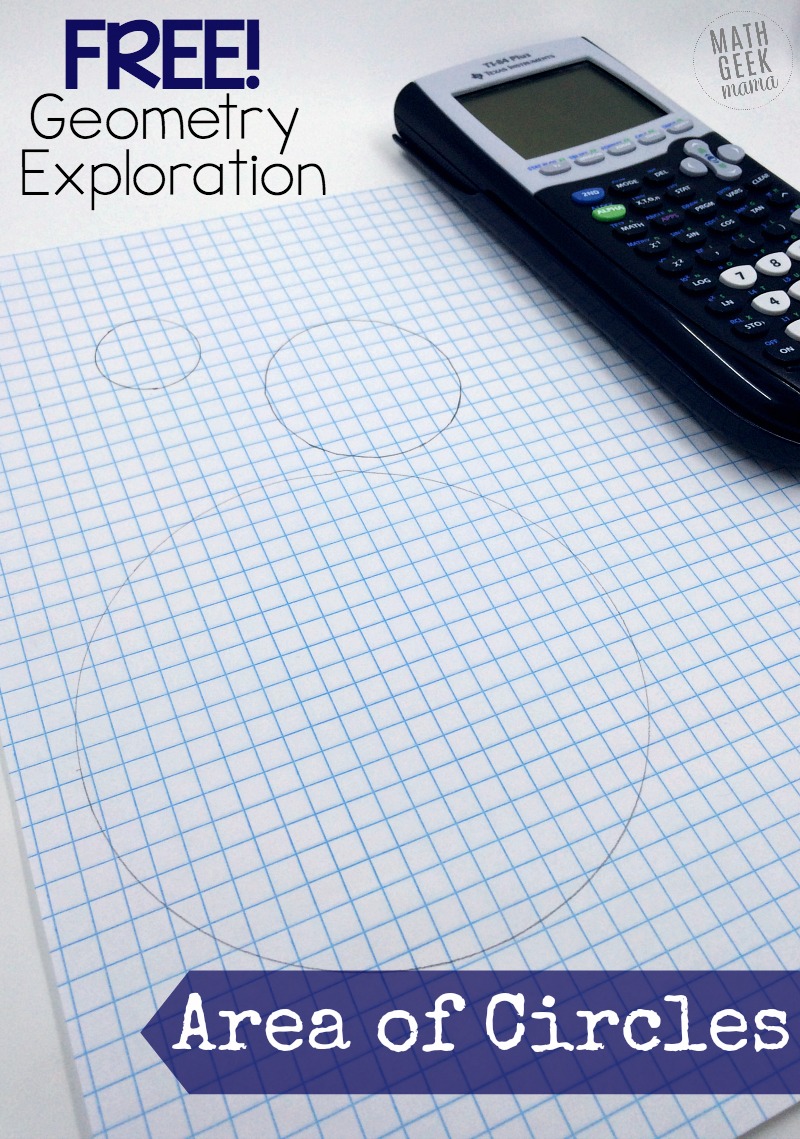
*Please Note: This post contains affiliate links which help support the work of this site. Read our full disclosure policy here.*
Exploring Geometry with Technology
Oftentimes in math class, students are simply given a formula and told to just use it. Ample time and practice is given to make sure students know how to “plug in the numbers” and solve it correctly.
But is this really teaching students to understand the formula or the math they’re doing? Is it going to ignite a love and excitement about the math they’re learning, or cause them to see how this formula can be used to solve problems?
Hopefully you can agree with me that, no, it will not.
In my experience, this often teaches kids to memorize a formula, with no real understanding of what all the letters and numbers mean.
This leads to incorrect solutions, because they plug in a number wrong, or use the wrong values. Then they have no idea that their solution makes no sense in the context of the problem, because they never really understood it.
(I would also like to add that, for most formulas, it’s not even necessary to have them memorized, because kids receive a formula sheet on standardized tests.)
So today, I want to share just one example of a way that you can make a boring, abstract formula (area of a circle) more meaningful to students, and more engaging!
Simple Area of a Circle Activity
This area of circles investigation shows students exactly what it is they’re trying to figure out (the area inside a circle) and will cause them to ask important questions.
For example, “Why is the area of a circle so much harder to find than a rectangle?”
It is also a great introduction for Calculus students who are being introduced to the area under a curve. 🙂
Depending on the age and abilities of your students, you may even want to begin by drawing various rectangles on graph paper and finding the area, just to review area, how to find it, and how it compares to the area formula.
Materials Needed for this Area of a Circle Lesson:
This will take just a little bit of prep, but not much.
To get started, students will need some graph paper, a pencil and a calculator.
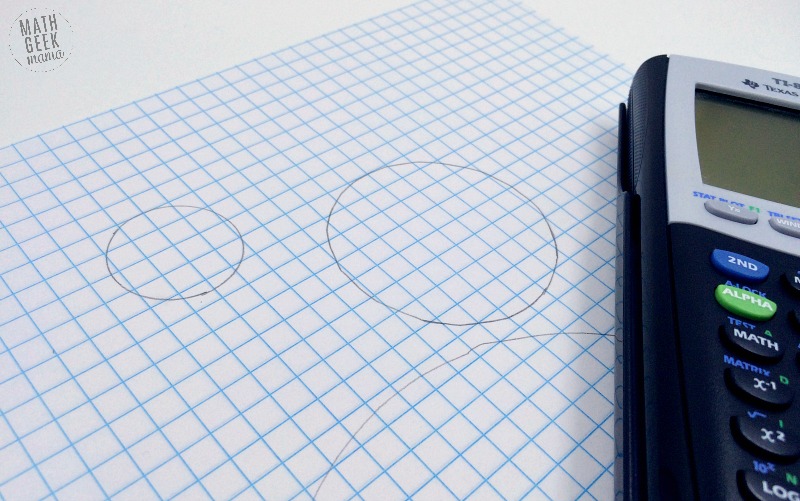
You may also want them to have some circular objects so that they can draw more exact circles. This is the part that may require some prep–or you could simply have each student bring 1-2 circular objects from home that day!
Or, you could give each student a compass, and they can draw each circle after marking the radius by hand.
Then, students can work through the investigation on their own.
How to Complete the Circles Lesson:
To begin, they will draw different sized circles on their graph paper.
Then then count whole squares (not cut off by the boundary of the circle) to find an “inner” area (a slightly under estimation) and “outer” area of the circle (a slightly over estimation).
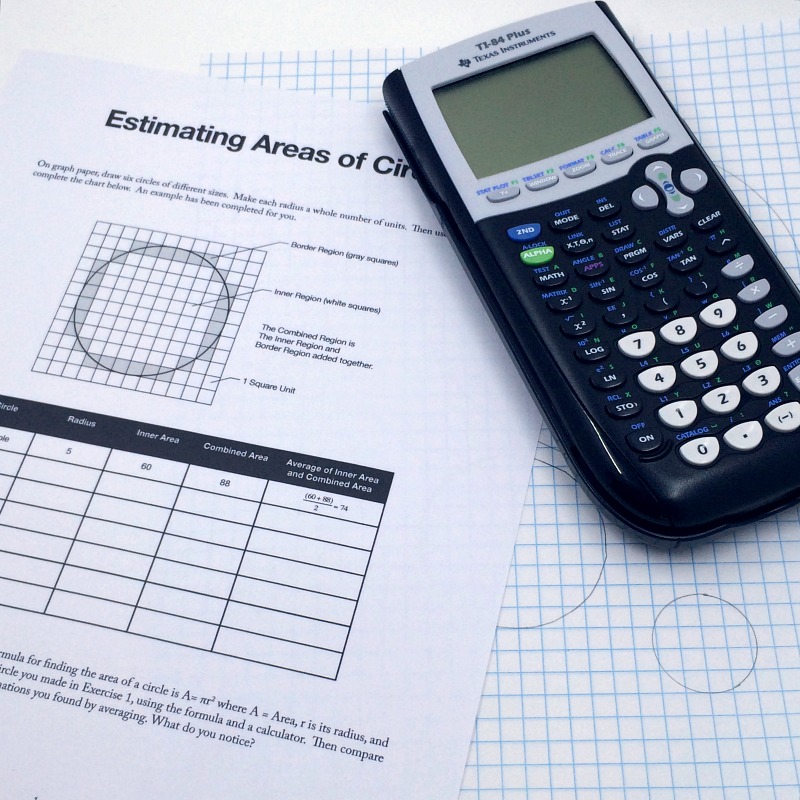
They then use their calculator to find the average of the two areas.
Finally, they use the formula for the area of a circle to calculate a precise area and compare their results.
Once complete, you can then discuss their findings, and talk about the area formula and how they think it was derived.
You can also ask if anyone has a suggestion for an estimation that may be closer to the exact area, then test it out.
You may also want to discuss the number pi and what that means so they can further understand the area formula.
And hopefully this gives you some good ideas for digging into all those other math formulas a little deeper! 😉
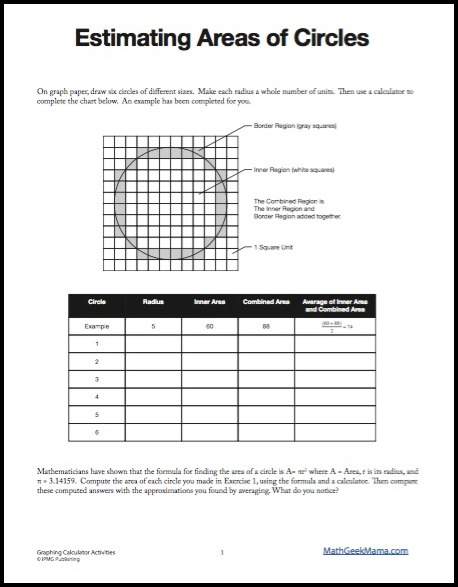
{Click HERE to go to my shop and grab the Area of a Circle Activity!}
**Psst! Did you enjoy this lesson? It’s a sample of my ebook, Graphing Calculator Activities: Geometry. See all the book details here!**
You may also like this hands-on Geometry lesson, exploring the angles in triangles.
Plus, don’t Miss the rest of the Math+Technology Series:



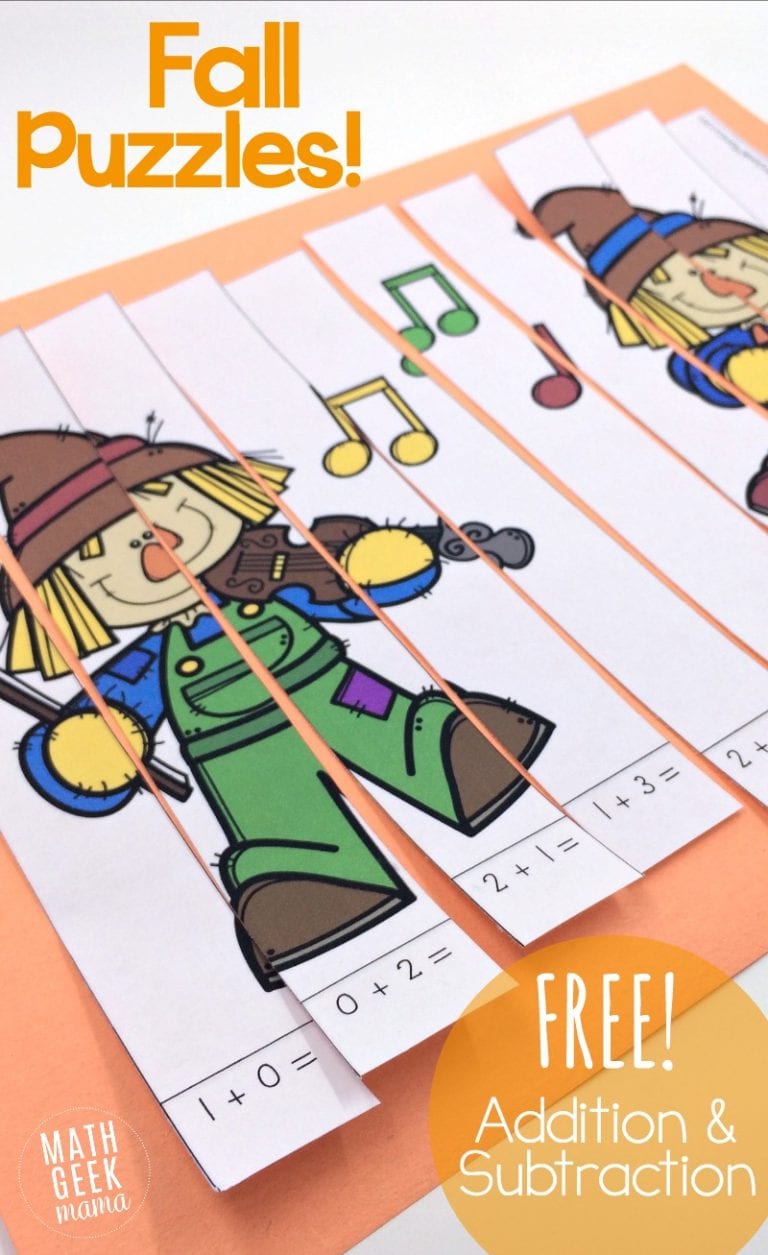
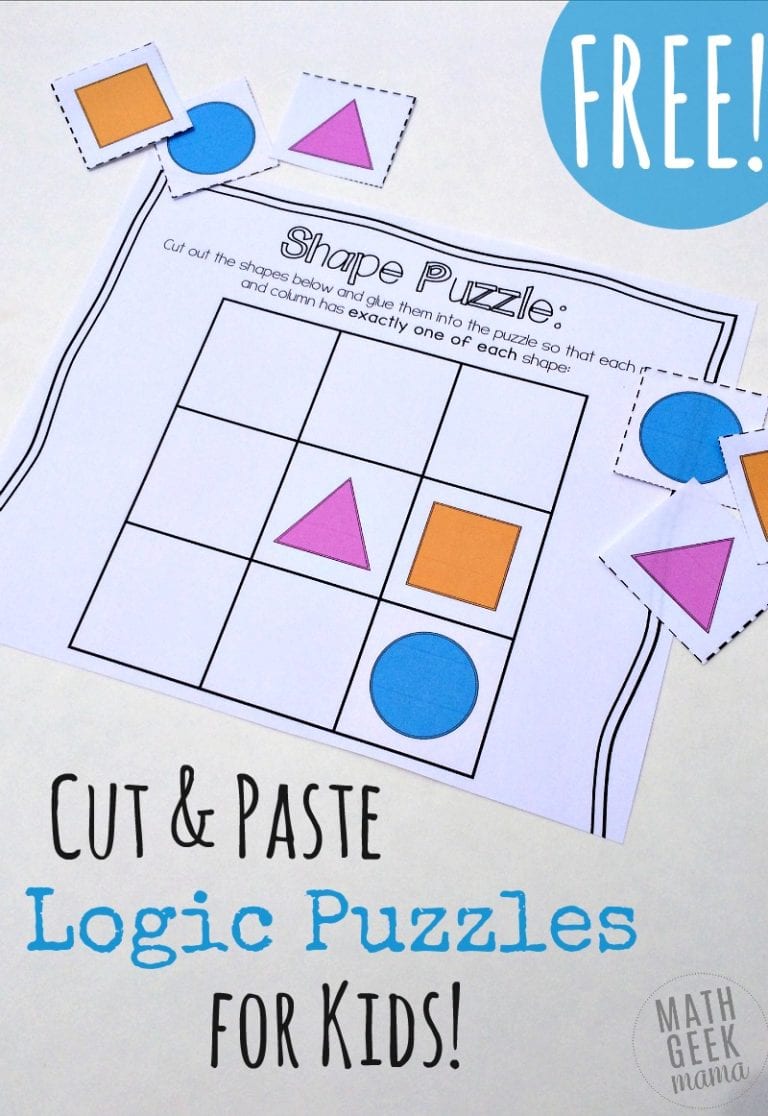
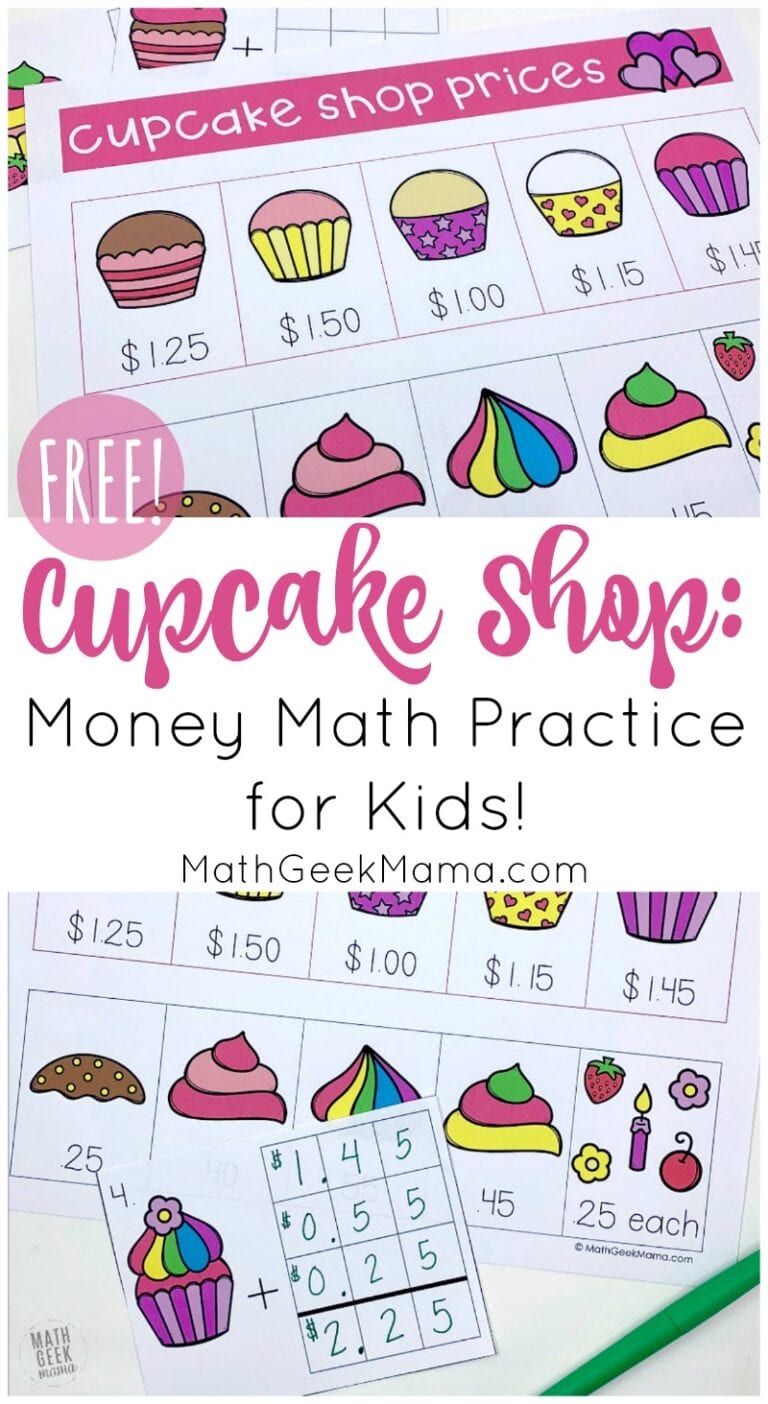
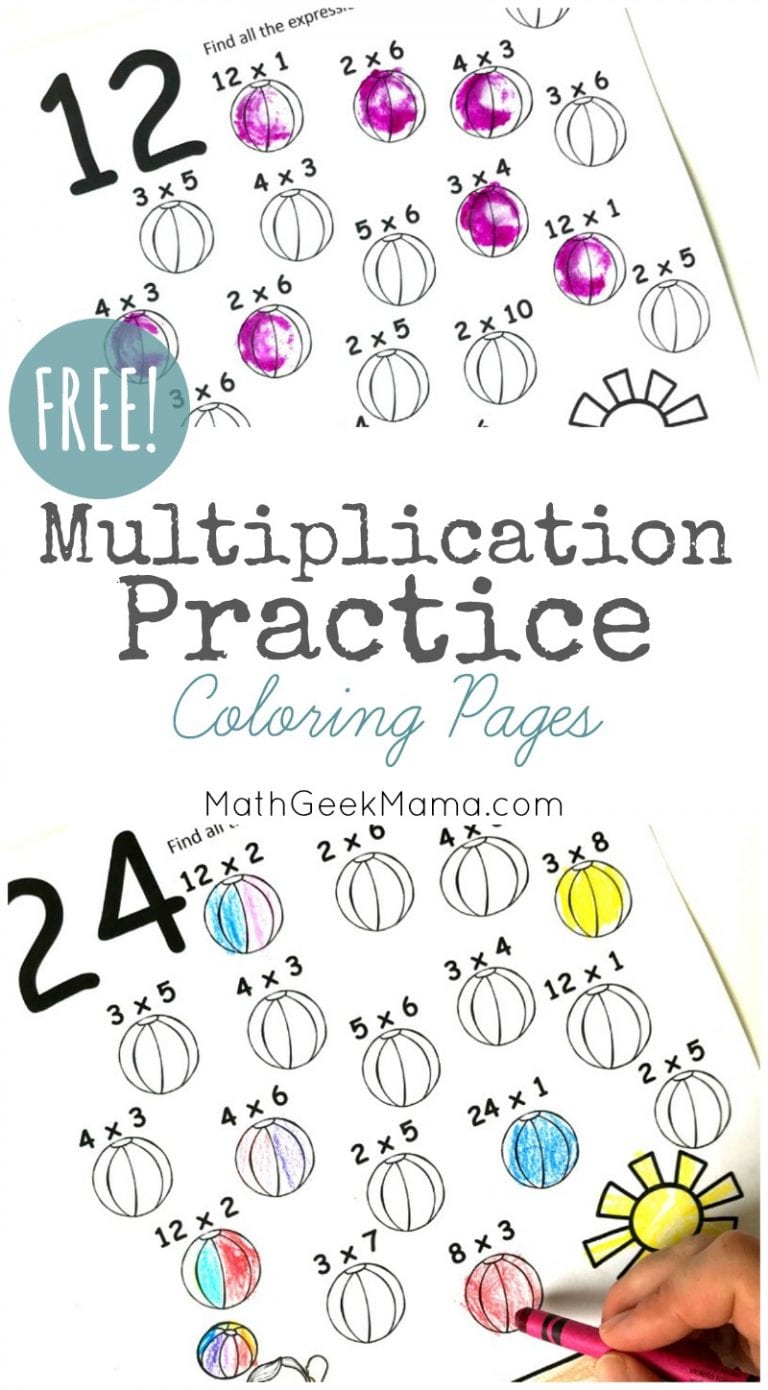

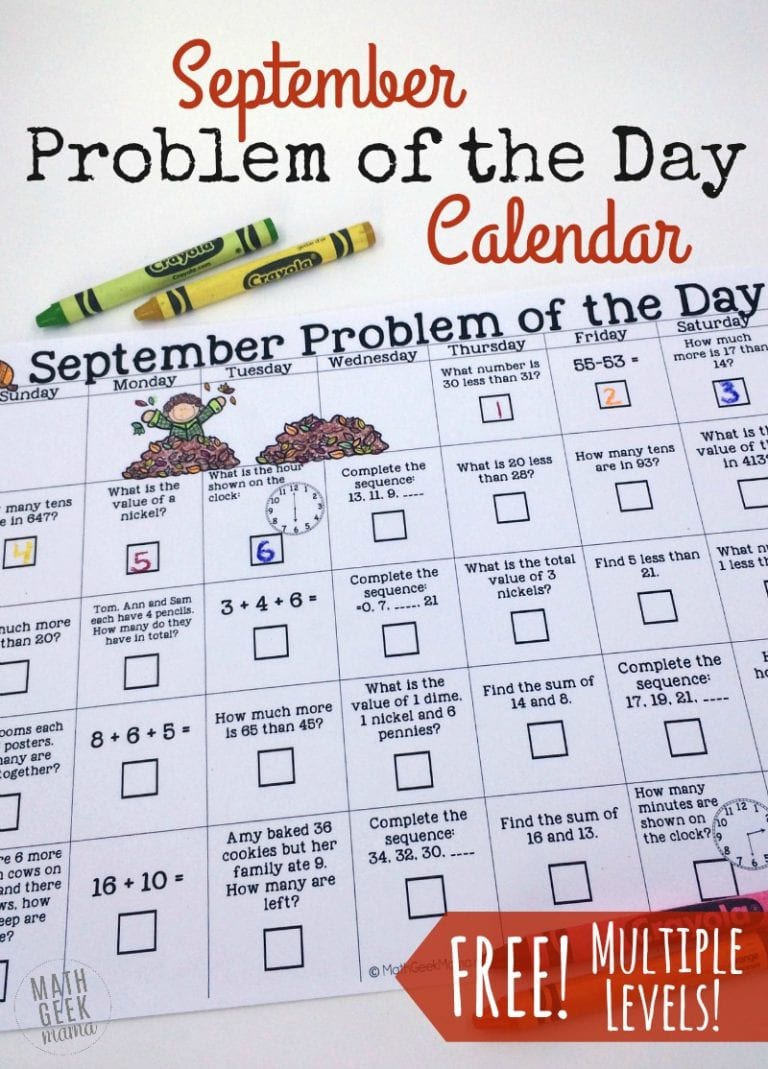




This is fabulous, thank you!